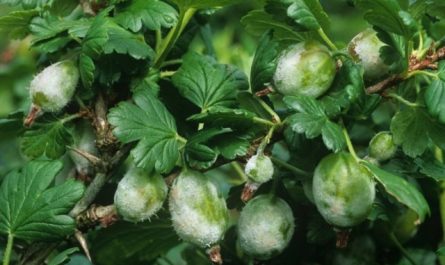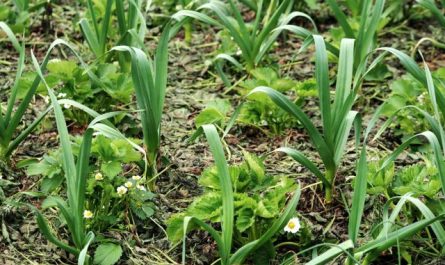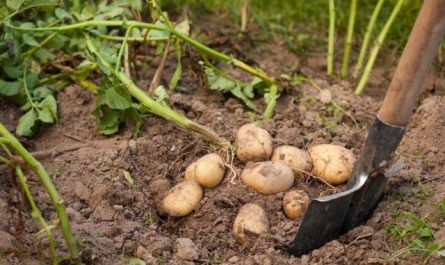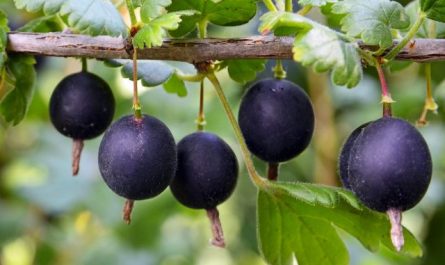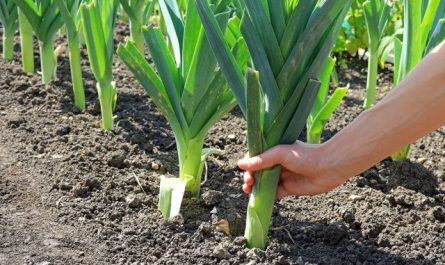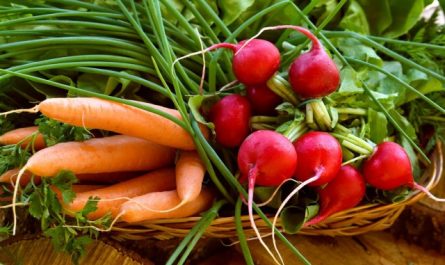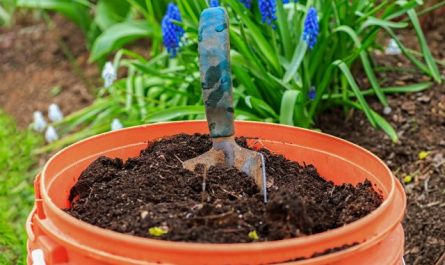If you approach joint plantings with knowledge of the matter, they can bring considerable benefits to the gardener. And it’s not just about saving space on the plot.
So, if we talk about cucumbers, some crops can be safely sown between the vines, while others should even be sown. But there are also some that, on the contrary, should be placed as far away as possible. Let’s figure out what kind of neighborhood cucumbers like and what kind they don’t tolerate.

Protective plants
Every summer, pests are eager to attack the garden bed and deprive us of the harvest. And we use special insecticides that can destroy them. However, some crops that grow in almost every garden can drive away the uninvited guests.
Onion and garlic
Many insects, such as aphids and whiteflies, cannot stand them. To such an extent that popular wisdom advises spraying even already infected vines with garlic and onion infusions.
Therefore, these plants can be safely planted together with cucumbers. However, most likely, they themselves will please only with juicy feathers. Since abundant watering, which cucumbers love so much, can negatively affect the growth of heads.

Marigold
This flower will not only decorate the beds with its fiery red caps, but will also scare away a number of pests: aphids, cutworms, and others. And at the same time, it will improve the structure of the soil, saturate it with essential minerals and microelements, and reduce the risk of spreading fungi and bacteria.
Moreover, you can make an infusion from marigolds against pests. It is made like this: crushed plants are poured with water so that it slightly covers the green mass, and left for a couple of days. Then the resulting liquid is diluted in a ratio of 1 to 10 and sprayed on the vines.
And in the fall, marigolds will become excellent mulch or a valuable element of future compost.

Nasturtium
The flower is always ready to defend cucumbers from spider mites and whiteflies, which can destroy plantings. But the benefits of nasturtium do not end there. It will also be in the forefront against pathogenic fungi living in the soil. And it will also become a living mulch – spreading under cucumber vines, it will create a suitable microclimate, protect the soil from drying out and crusting.

Calendula
It will work no worse than other plants we mentioned above. It will scare away pests and will not allow pathogenic fungi to develop. And at the same time it will attract pollinating insects and ladybugs, which, as is known, successfully destroy aphid colonies.

Dill
It seems that it was literally created for cucumbers. Moreover, the friendship of these crops begins long before they end up in the same jar during preservation. The greens, beloved by many, will improve the taste of their neighbors. In addition, dill is another plant that the ladybug respects. And that means that aphids will not come to the plantings.

Companion plants
These are crops that cucumbers don’t mind growing next to. They won’t protect against pests, but they’ll still be beneficial.
Peas and their relatives: beans and kidney beans
They saturate the soil they grow in with nitrogen. Therefore, they are good to plant both around the cucumber bed and right in the middle – the vines will cling to them with their tendrils.
And even when the legumes have already fruited, there is no point in pulling them out with the roots. It is enough to simply cut the stems, laying them right in the middle of the beds as mulch. And the roots will continue to work, giving the soil valuable substances and improving its structure.
Spinach and lettuce
They are also good neighbors for cucumbers. With their green leaves they will cover their root system from the scorching sun and thus protect them from overheating.
Radish
Just like cucumbers, it likes a lot of moisture. In addition, radishes will not deplete the soil much, stealing useful elements from it. But its dense but low-growing foliage will help in the fight against weeds.



Which Neighbors Are Best to Avoid?
There are plants that should not be planted in the same bed with cucumbers. It is better to place them further away.
Basil, arugula and other aromatic crops
It is better not to sow any herbs between the vines except dill. They will oppress the cucumbers, and besides, they will spoil their taste.

Zucchini, pumpkins and melons
These crops, like cucumbers, belong to the pumpkin family, so they have common pests and diseases. This means that when planted together, it will be much more difficult to avoid infection.
In addition, the massive vines and wide leaves of squash, pumpkin and melon can simply drown out the delicate cucumber shoots.
The conclusion can be made as follows: if you choose neighbors in the garden bed thoughtlessly, you will not have to wait for a good result. However, if you take into account the characteristics of crops and their ability to influence each other, then joint plantings will serve the owner well.
